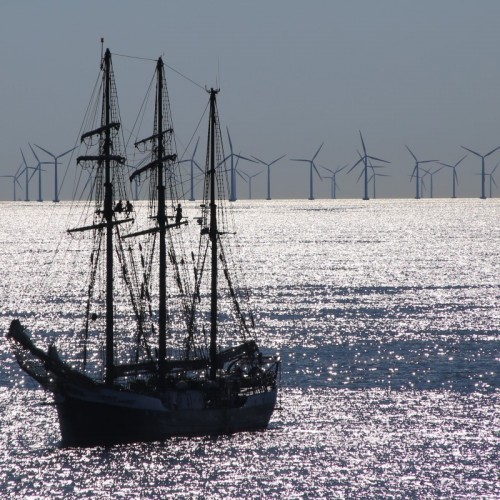Insight
24 June 2020
Sharing The Ocean: Marine Users And Offshore Wind

Offshore wind installations are typically seen as a winning solution to growing the renewable energy markets by harnessing a natural resource that would otherwise go untapped. However, as plans for offshore wind farms become larger and more numerous, questions are being raised as to how existing users of the marine environment will be able to coexist with these 'space and resource-intensive installations. Fisheries, in particular, may be vulnerable to displacement or change relating to new project plans.
New England has a rich industrial fishing history spanning centuries. In many ways, fishing culture has become part of the bedrock for many coastal communities up and down the Eastern seaboard. The fishing methods may be varied, including long-liners, purse seiners, and static gear fisheries (to name a few), but there is a common denominator in their needs, space.
Since the US’s first major offshore wind installation, Block Island Wind Farm (Rhode Island), has only been operational since 2016, the push for further research into the regional impacts of offshore wind has been fairly recent. It is suspected that large offshore wind installations may have some long-term impacts on migratory patterns of fish and, locally, may be an impediment for fisherpeople who are trying to navigate towards their traditional fishing grounds. On the other hand, offshore wind farms may provide a new environment in which some fisheries may benefit from “biodiversity hotspots,” where the submarine structure acts as an island for a variety of marine life to thrive. The key to scoping out these possibilities is in novel research, some of which are already underway.
Several solutions have been proposed to resolve the rising tensions between offshore wind programs and other industries. For one, the Responsible Offshore Science Alliance (ROSA) was established to monitor and further research the effects of offshore wind and fisheries. Measures such as this go hand-in-hand with cultivating stakeholder involvement and appreciation through each step of the proposal and development process. While BOEM, NOAA, and other independent research groups continue to ask important questions regarding the interactions between these industries, it will become increasingly important to utilize a coordinated approach to gather and disseminate resultant discoveries. By encouraging open communication and stakeholder involvement, we can hope to mitigate many of the conflicts which may occur as a result of this large push for the development of offshore wind.
For more information, please see the following sources.
https://rodafisheries.org/portfolio/responsible-offshore-science-alliance/
